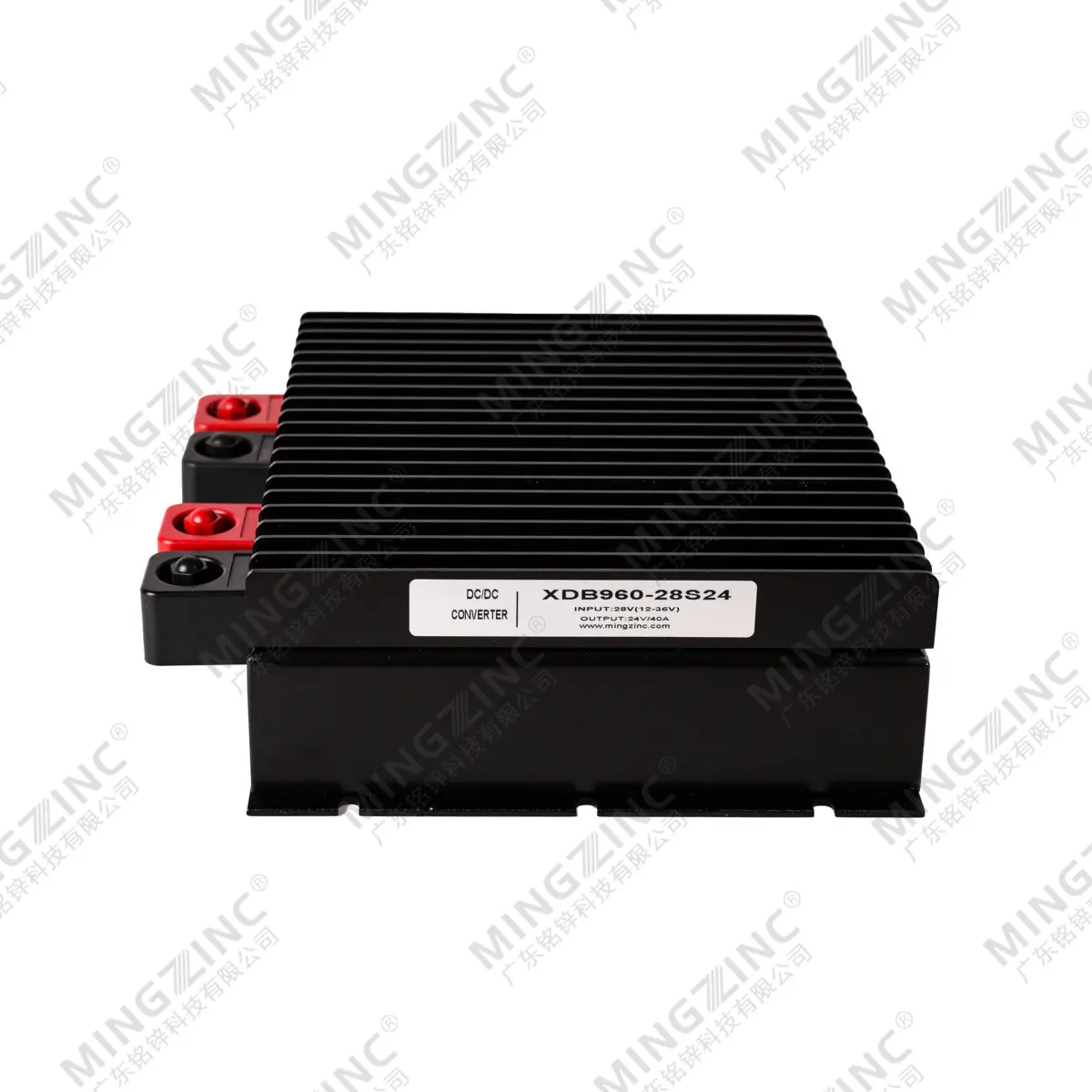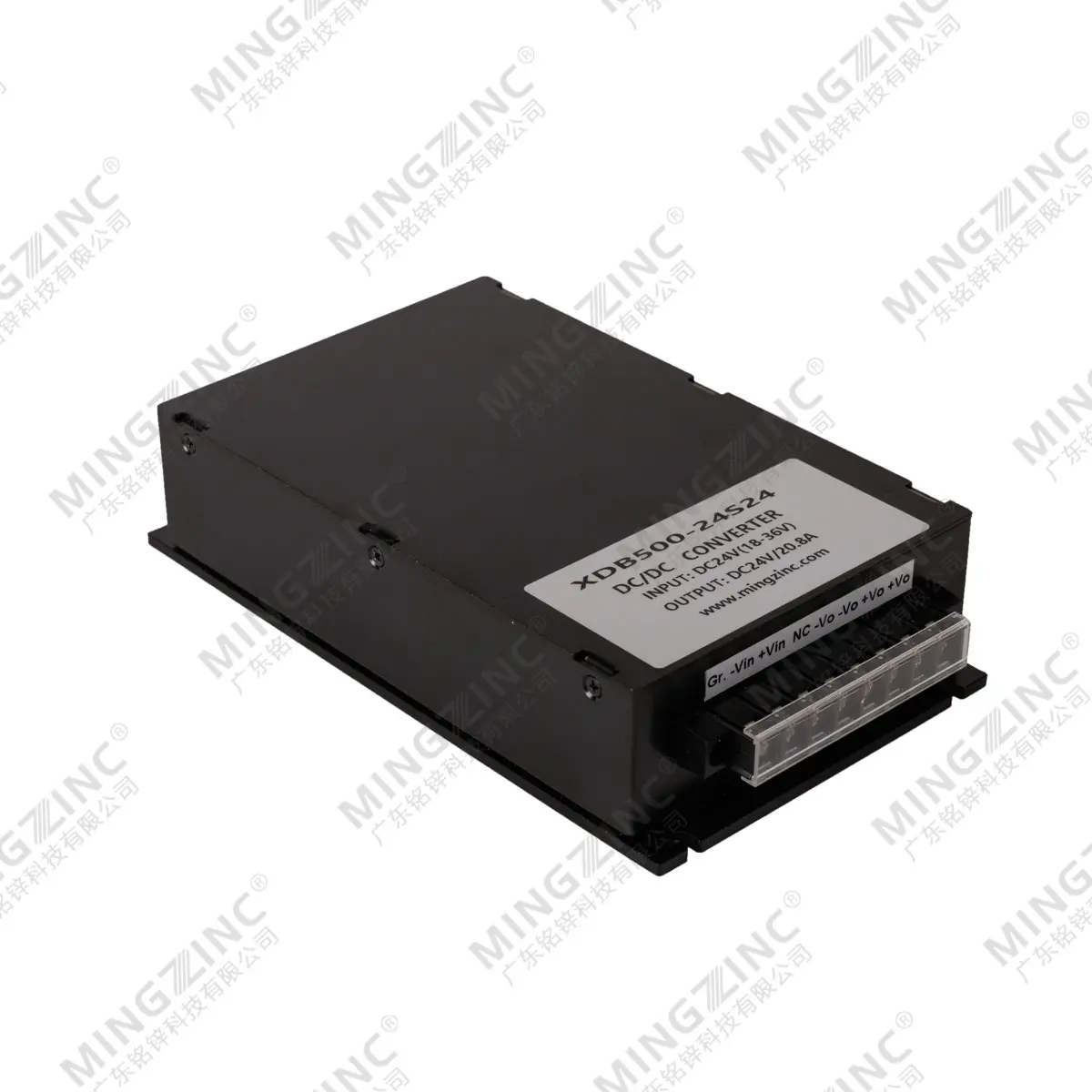Global Surge in Demand for Module Power Supply: A Data-Driven Analysis
The global demand for module power supplies, a critical component in modern electronic systems, has witnessed a significant upward trajectory in recent years. Driven by technological advancements, energy transition imperatives, and the proliferation of high-power applications, this growth is supported by third-party data and market analyses. Below, we synthesize key trends and evidence to illustrate this expansion.
1. Accelerated Adoption in Automotive and Industrial Sectors
The rise of electric vehicles (EVs) and industrial automation has been a primary catalyst. By 2025, EVs are projected to account for 25% of the global automotive market2, necessitating advanced DC/DC converters for energy management. For instance, Powerland Electronics’ HV Series DC/DC modules, designed for automotive applications, emphasize high efficiency and reliability under harsh conditions1. Concurrently, industrial automation demands modular power solutions with high power density, such as the MV Series half-brick modules, which deliver up to 800W output and are widely used in robotics and rail systems. Market data further indicates that automotive and industrial sectors will drive a 14% annual growth in power module demand by 2026. 
2. Renewable Energy and Data Center Expansion
Renewable energy systems, particularly solar and wind, rely heavily on modular power supplies for efficient energy conversion. The global photovoltaic (PV) sector is expected to consume 22.3 million tons of related components by 2025, a 42% increase from 2024. High-voltage DC/DC modules, like Powerland’s 3kW models with APFC, are pivotal in grid-tied inverters and energy storage systems1. Meanwhile, the surge in artificial intelligence (AI) and data centers has intensified demand for high-density power solutions. AI-driven data centers (AIDCs) now require megawatt-level power per rack, with Huawei reporting that 30–40% of AIDC investments are allocated to modular power distribution systems.
3. Telecommunications and IoT Growth
The rollout of 5G networks and IoT devices has amplified the need for compact, reliable power modules. Cellular IoT module shipments rebounded in 2024, growing 7% year-on-year, with 5G and LTE Cat 1 bis technologies leading the charge. These modules depend on efficient DC/DC converters to minimize energy loss in base stations and edge devices. For example, Powerland’s Caesar Series supports fanless cooling and parallel configurations, ideal for telecom infrastructure. Analysts predict 5G power module revenues will grow 61% in 2024, driven by smart cities and industrial IoT. 
4. Technological Innovations and Market Resilience
Advancements in power electronics, such as GaN (gallium nitride) and SiC (silicon carbide), have enhanced module efficiency and reduced form factors. Modular designs now achieve over 95% conversion efficiency, critical for applications like uninterruptible power supplies (UPS) and inverters3. Despite supply chain challenges from trade policies (e.g., U.S. tariffs on Chinese electrical imports), the market remains resilient. Companies are adopting redundant designs and localized production to mitigate risks.
5. Quantitative Market Projections
Third-party forecasts underscore sustained growth:
Global module power supply demand is projected to reach 230.5 million tons by 2025, up 12% from 2024.
The data center power market, a key consumer, will see IT-related electricity needs double from 49GW to 96GW by 2026, with modular systems dominating upgrades.
Asia-Pacific dominance: China alone contributes 54% of global IoT module demand, spurring regional power supply innovation. 
Conclusion
The module power supply industry is poised for robust growth, fueled by cross-sector electrification, renewable energy transitions, and digital infrastructure expansion. As technologies evolve to meet efficiency and scalability demands, stakeholders must prioritize R&D investments and supply chain agility to capitalize on this trajectory. With third-party data reaffirming these trends, the sector’s future remains inextricably linked to global energy and technological advancements.




